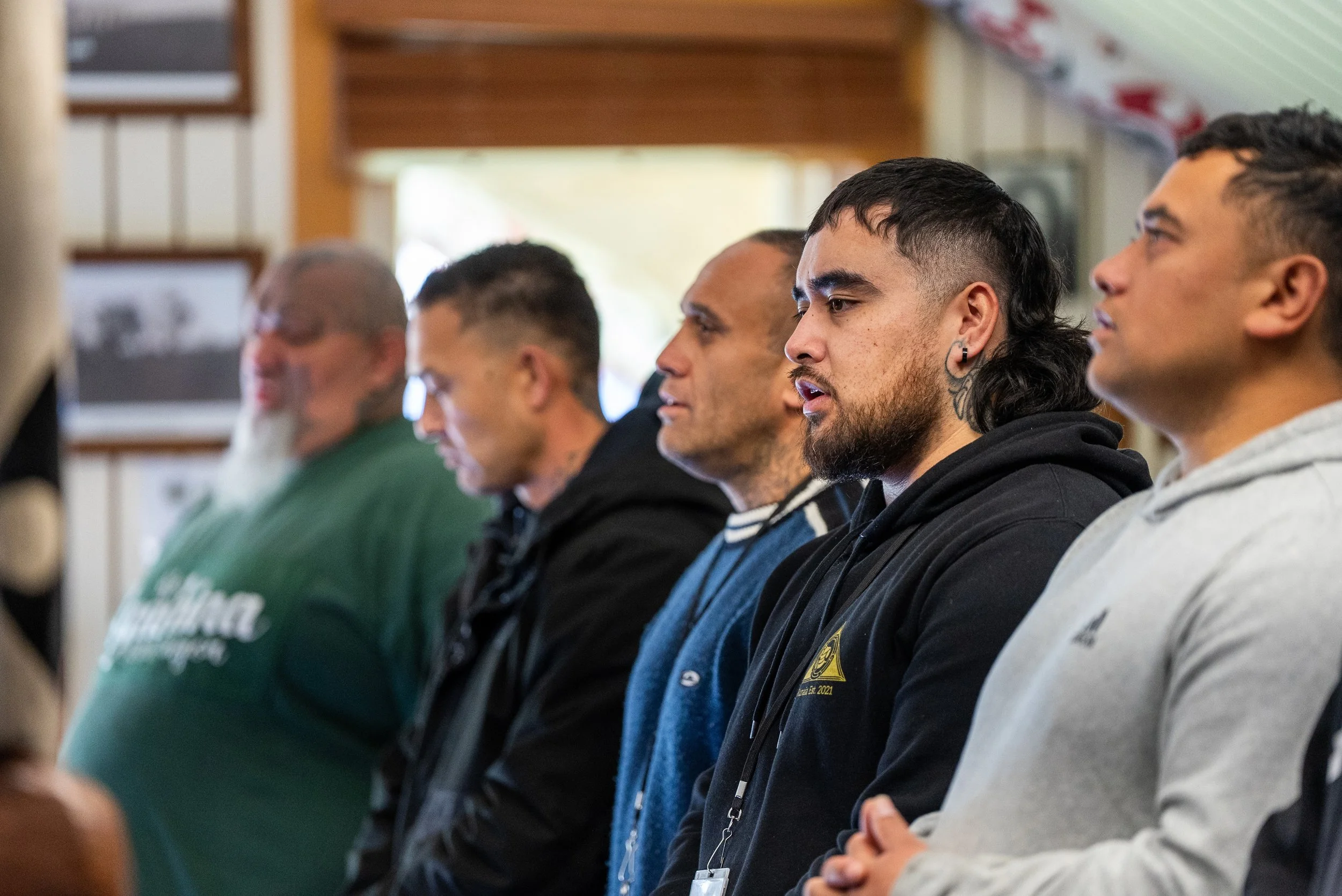Reading the Signs: How Maramataka Helped Us See What We’ve Been Missing
In Whanganui, like many other places across the motu, we have carried the weight of rising mental distress and whānau harm for generations. Crisis responses have long been our default — waiting until people reach a breaking point before support kicks in. But what if the signs were always there? What if our tūpuna had already gifted us a way to read those signs?
Since 2017, Healthy Families Whanganui Rangitīkei Ruapehu (HFWRR) has led the Growing Collective Wellbeing strategy, a community-wide kaupapa that’s sought to reimagine how we prevent suicide and support mental wellbeing. In this mahi, something shifted. Rautaki Māori, Meretini Bennett-Huxtable, deeply grounded in Maramataka, started noticing something — a pattern.
She began overlaying suicide data across the lunar calendar. It was an intuitive hunch at first, but as more data came in, the signals became clearer. When Chy Potaka-Osborne joined in 2021 as Lead Systems Innovator, bringing a clinical MH&AOD lens and access to real-time suspected suicide data, they were able to test this more rigorously. For the first time ever, the Whanganui region saw meaningful, repeated patterns emerge.
We mapped over seven years of data — more than 15,000 crisis events including suicide, psychiatric admissions, seclusion, family harm, and police and ED referrals. We worked alongside iwi knowledge holders to place these events within a localised Maramataka — the Māori lunar calendar which connects human behaviour with environmental and spiritual rhythms.
What did we see?
Four lunar phases stood out: Tamatea, Korekore, Turu, and Tangaroa. These phases, known for instability, uncertainty, and emotional turbulence in traditional knowledge, aligned with the highest spikes in crisis. These weren’t small differences — nearly $190 million in regional crisis costs could be tracked to these phases between 2018–2022 alone.
This is the first time in our region, and arguably in Aotearoa, that such patterns have emerged with this clarity — not through a Western clinical framework, but through Mātauranga Māori. And that is the breakthrough.
We didn’t just find patterns in dates — we found tohu. Tohu that speaks to us in the way our tūpuna always understood: through relationships with our environment, our moon phases, and our own rhythms. When we pattern-mapped alongside seclusion rates, family harm incidents, SSID data, and acute psychiatric admissions, the same signals showed up again and again. The method was grounded in kaupapa Māori — blending data analysis with story, lived experience, and deep consultation with the community. We weren’t looking for harm. We were looking for why — and more importantly, for when we can support whānau better.
The patterns have taught us this: Crisis doesn’t arrive out of nowhere. It builds. It signals. And if we’re willing to listen - to the Maramataka, to the tohu, and to each other - we can respond before the harm becomes irreversible.
We’ve seen how during Tamatea phases, for example, confusion and emotional disarray rise. These are times where community wānanga, calm environments, or increased peer support can make a difference. During Korekore — often associated with emptiness — we could offer grounding activities, reconnect whānau to whenua and whenua-based healing. Tangaroa, tied to deep emotional tides, could call for collective hui and access to soothing, culturally safe services.
“This isn’t a new model — it’s an old one, recalled. But it’s showing us a new way forward” - Meretini Bennett-Huxtable
The mental health and addictions sector - clinicians, researchers, iwi, and kaimahi - have all confirmed: this extent of pattern analysis through a Māori lens has never been done before. And it’s changing how we see the whole system.
Here’s the truth:
Our current system doesn’t catch people early enough. Between 2019–2020 alone, Police and Emergency Departments saw a 102% increase in urgent mental health referrals in Whanganui. These are stressful, often traumatic places for whānau to enter services. We’ve also recorded one of the highest rates nationally for mental health inpatient readmissions and compulsory treatment orders.
And yet, overlaying this data with Maramataka revealed something the clinical system never could: predictable periods of increased vulnerability - and the opportunity to prepare for them.
So where do we go from here?
We’ve begun sharing these insights across our region - with partners, clinicians, peer support workers, and whānau themselves. The call is clear: shift toward prevention by putting power back in the hands of communities. Let whānau know when they might feel heavier and offer the tools, support, and environments to hold that. Let services realign their rhythms with the rhythms of the whenua. Let’s embed this mātauranga into practice - not as a supplement, but as a foundation.
Because the tohu have always been there. We just had to remember how to read them.
This is the moment to move from reaction to prevention. To shift from siloed services to collective insight. And to centre a Māori worldview that honours the complexity of people and the wisdom of our whenua.
We now know the pattern. What we do with it next — that’s where the transformation lives.


